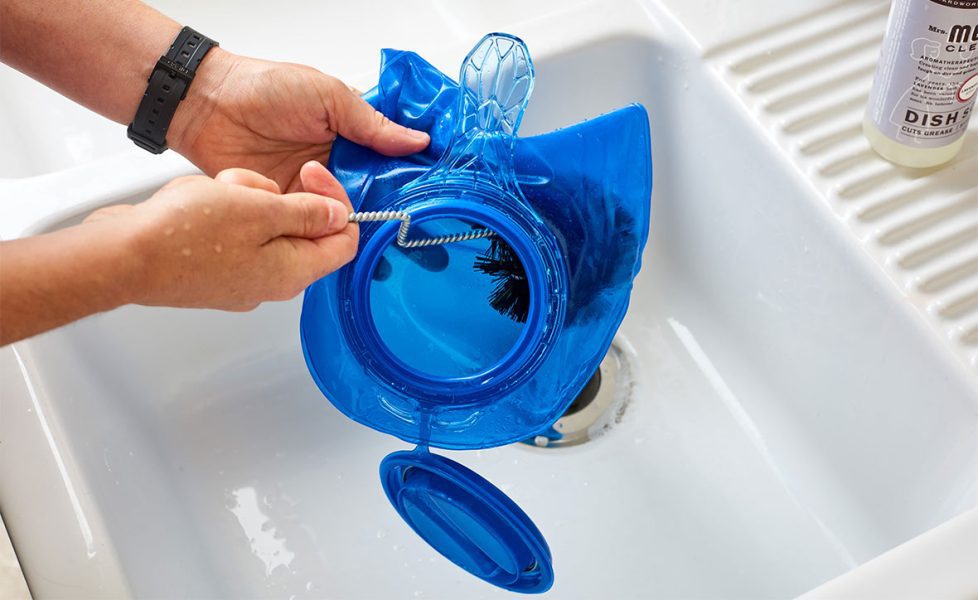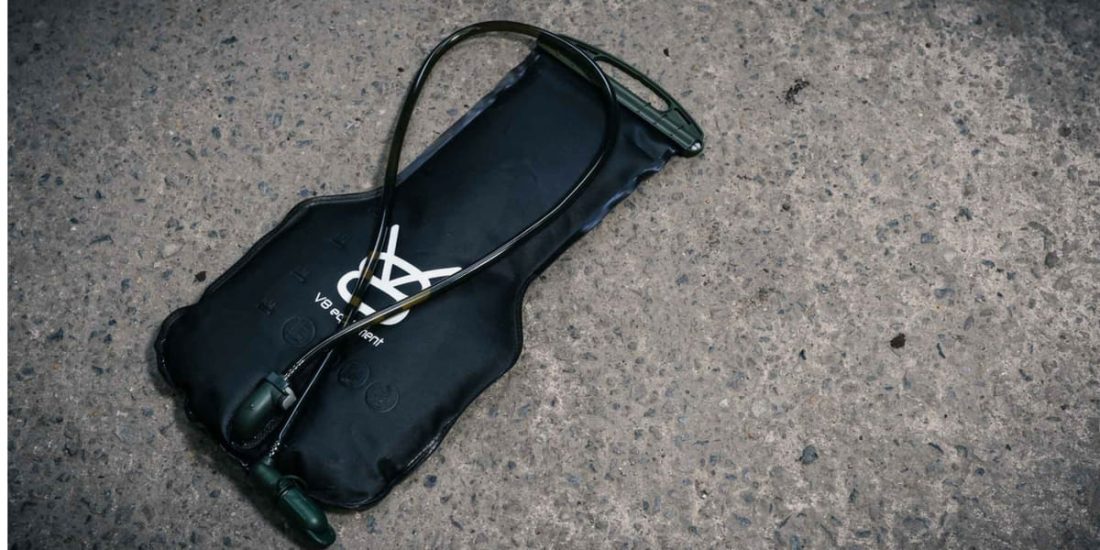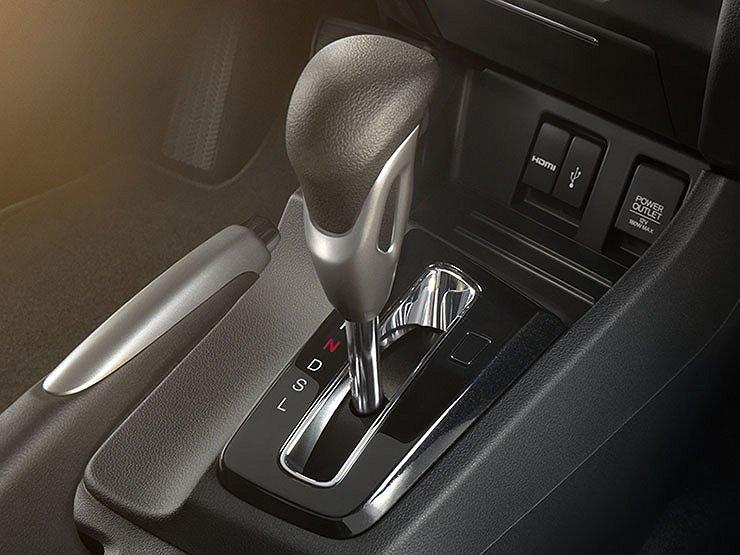
How to effectively clean the hydration pack?
Over time, hydration pockets can become nests of mold 🍄 and other dirt 🐛.
If you notice small black or brown dots in your hydration tube or bag, you're out of luck: your water bag is moldy. It's time to do something about it, and here are some tips to help you save it and get a new water bag.
Prevent the worst
Before listing the various solutions for cleaning tanks and pipes, it is important to understand the factors that contribute to the growth of mold and bacteria.
First of all, sugar. Molds love sugar 🍬!
Residues that may remain in your water bag and its accessories due to the use of sugary energy drinks are an ideal breeding ground for bacteriological colonization. Drinking only clear water while mountain biking significantly reduces the chances of contamination of your hydration pack. But if you're still looking for a drink other than water, go for sugar-free powders and tablets.
In addition to sugar, mold grows faster at fairly high temperatures. If you leave your bag of water in the sun ☀️ to end your weekends or holidays before storing it at home, your chances of infection are almost guaranteed.
It's also safe to say that after exposure to high temperatures, the liquid will acquire a plastic taste, not necessarily pleasant and not necessarily beneficial to your health.

It's very simple: after your mountain bike ride, bring your water bag to a dry and temperate place..
Tip: Some mountain bikers put a water bubble in the freezer ❄️ to prevent bacteria from growing. This is quite effective, but you need to be careful the next time you use it, as the cold makes the bag fragile. Warm it up for a few minutes without touching it before refilling it when it becomes elastic again. Freezing reduces the spread, but does not stop it, so you should still plan for fairly regular deep cleansing (see below).
Finally, bacteria and mold need water to grow, so washing with soapy water AND drying is essential to combat their growth.
However, drying can be a long and tedious operation, here are some tips to keep in mind:
- Camelbak sells official tank drying accessory. Otherwise, you can change the hanger to reproduce the same effect. The idea is that the walls of the tank are not in contact with each other, and the inside of the bag is well ventilated and dries well.
- Some tanks have a large neck. This allows the pocket to be turned inside out.
- Disassemble the tubing and valve and dry them separately. If you are truly a perfectionist, you can use a switch cable, attach a small handkerchief to it, and run it through a tube to rinse out any remaining water. Again Camelbak offers a cleaning kit with all the brushes you need:
- You can try using a hair dryer without turning off the heating resistor. It is very effective.
An effective cleaning solution for your Camelbak
If you're there, it's because you had to skip steps 😉 for prevention, and your bag of water is teeming with brown spots, bacteria, and other mold.
Here's how to get rid of it:
- Purchase a special brush. Camelbak sells one specially designed for water bags: it contains a small mouthpiece brush and a large reservoir brush. Use brushes to clean up any stains by scrubbing firmly and effectively.
- Apply Camelbak cleaning tablets. The tablets contain chlorine dioxide, which is effective in chemical cleaning. An alternative is to use peptic or stereodent type dental equipment cleaning tablets or even Chemipro used by brewers, or even a small piece of a bleach tablet (effervescent). It's all about dose and time. Try it yourself. Camelbak tablets are released after 5 minutes (to view compared to steradent, which is much cheaper).
- Some also use cold sterilizing tablets for baby bottles (the packaging clearly states that they are for intermittent use, not over time).
- Others simply recommend using a cap of cold water bleach just because the bleach loses its properties with hot water.
Always rinse well with plenty of water to remove product residues and odors.
First of all, do not put the aquarium in the microwave or pour boiling water. When exposed to heat, this can change the composition of the plastic and release toxic chemicals.
If there are stains in the tube or hydration bag, they cannot be removed. However, your pocket is still clean and ready to use.
Do you have any other tips and tricks?
